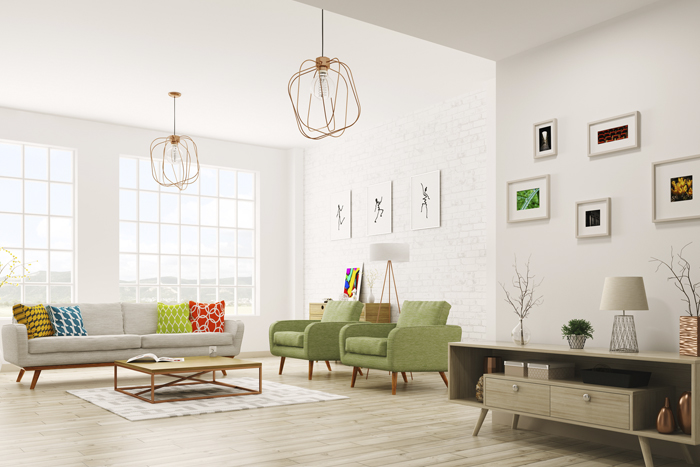How to Decorate Your Home with Antiques
Step into the entryway. The antique purses individually framed along the wall catch your eye. The opulent lace curtains that used to be a tablecloth. The planter that is an old coal stove painted white.
Those are three ways to use everyday items from the good old days to accent your home, surprising visitors and rekindling memories. Yesterday’s necessities can enhance any decorating style.
The difficult part about putting yesterday into your home is finding appropriate things. Look in the obvious place first: basements, attics, old trunks, boxes, and chests. If you haven’t got these hidden resources, then ask relatives and friends.
When all else fails, you may have to adopt a heritage. Second-hand stores or antique shops can certainly help, although for a price. Keep an open mind about what can be used. You’ll have to decide whether an item should be restored (some failings only add to the charm) and how much effort and money you want to put into repair.
Antique clothing in good condition and of superior workmanship should demand the respect reserved for fine art. Items such as handmade lace collars, gloves, handkerchiefs, beaded bags, shawls, scarfs, even hats, can all be rethought of as items to be placed under glass, framed or hung directly on walls. Walking sticks, canes, and interesting umbrella handles can be either arranged in a wall grouping or put into a simple container as a useful sculpture. The trick is to keep the items in groupings by some common classification. For example, items can be related by size, material, or original purpose. A selection of lace from trousseau or from an infant’s layette can be freshly pressed and stretched on linen-covered cardboard, lightly base-stitched into place, then professionally framed.
Small-scale items need to be grouped together for impact. Tiny buttons of assorted materials can be arranged in interesting geometric compositions and then framed simply in a small Lucite shadowbox. These plastic picture frames can be a great solution for bulky items you want to protect yet still use in a nostalgia grouping on a small but important wall.
Occupational tools or everyday household items are two other categories of all-but-forgotten memorabilia. Tools such as a collection of carpentry, engineering or surveyor’s instruments, old pharmaceutical or chemical bottles, farm implements, manuscripts, documents, musical or architectural instruments, medical or dental inners, awards, medals or plaques should all be thought of for decorative groupings. Large items may be used alone. Household items such as butter molds or candle molds, handmade brooms and feather dusters, interesting tea caddies, cookie tins and other materials can be an accent over a kitchen counter or in a neatly arranged wall display in the breakfast area.
A magnificent arrangement over the fireplace was made from the restored wooden tools that belong to one woman’s great-grandfather. The simple but elegant carpentry tools, worn down with nicks and dents and splattered with paint conveyed a silent story of hard work, pride, and determination. Indirect wall washer lights were installed to ensure that these treasures could be properly viewed and act as the highlight of her contemporary family room.
If artistic ability is not your strong suit, I would suggest the assistance of a good frame maker. Preserving some of your discovered treasures will not only have special value to you but also will be a continued legacy for future generations.
One final note on the subject: Displaying heirlooms should be thought out in advance of restoration, framing or refinishing. Keep in mind the appropriate application of the items. Scale and original purpose must enter into the selection of the best place to use the decorative artifacts. The assistance of your frame maker, decorator or an artistic friend can help. But only you can be the family historian.





